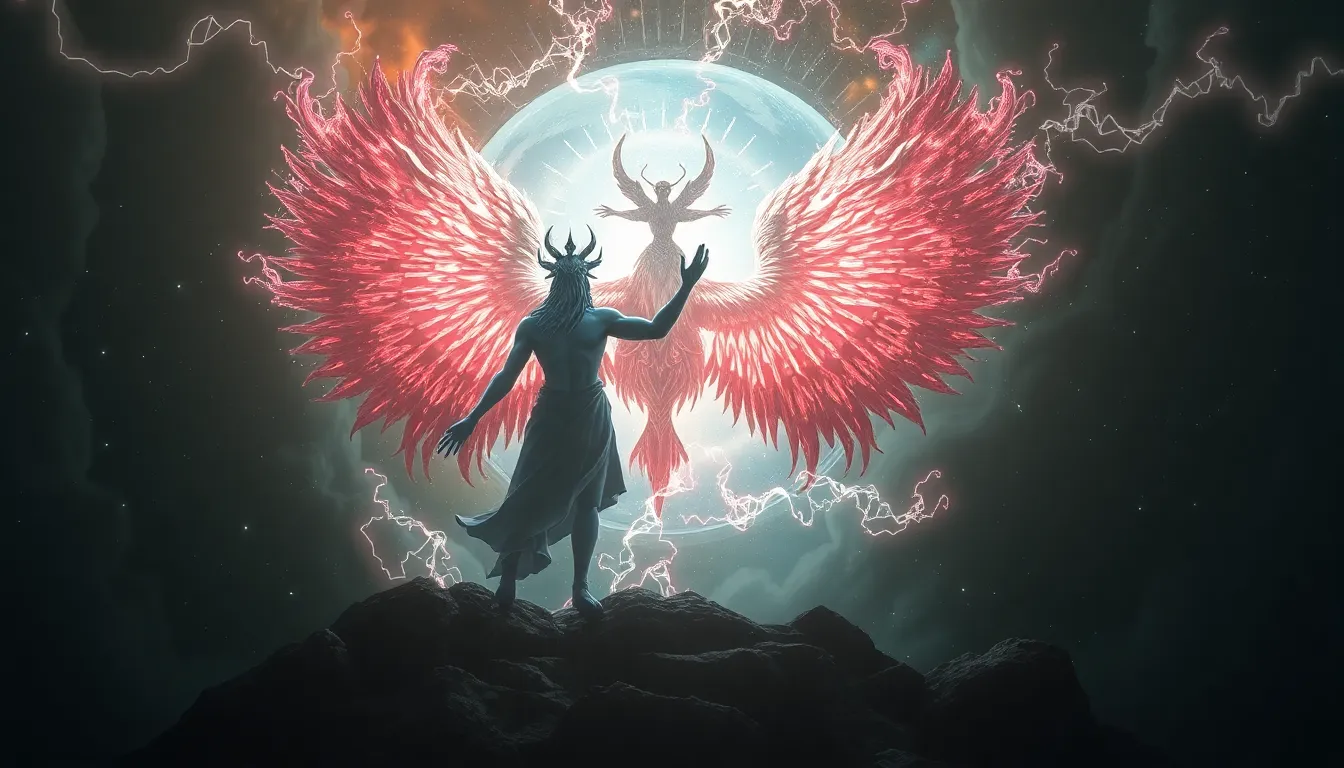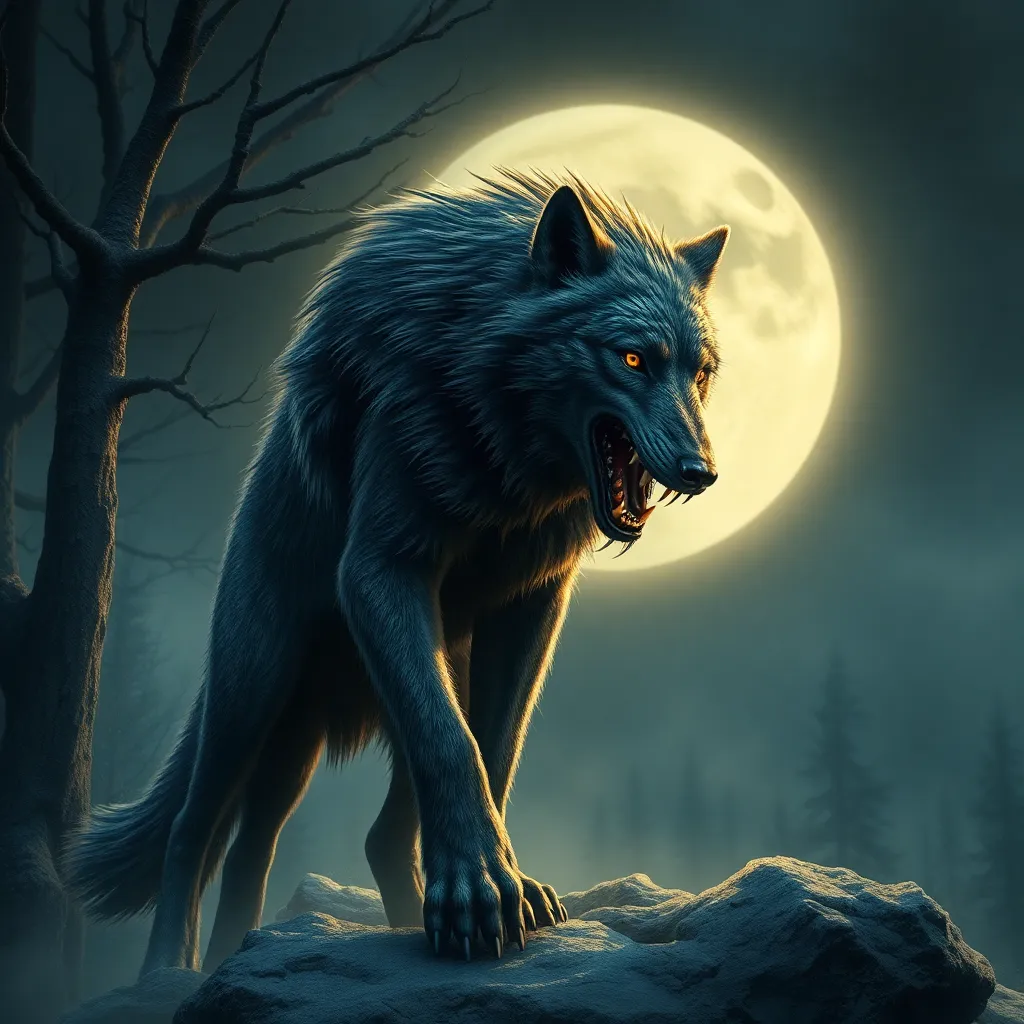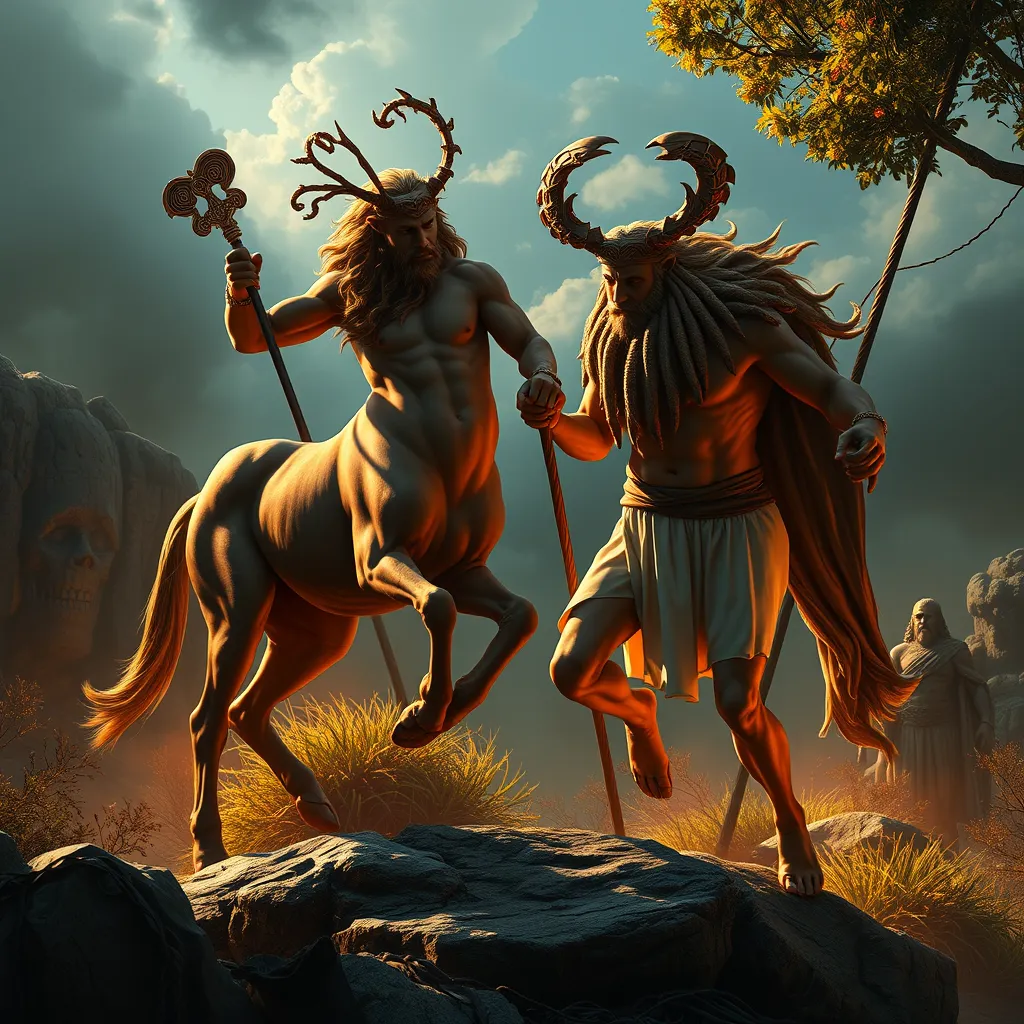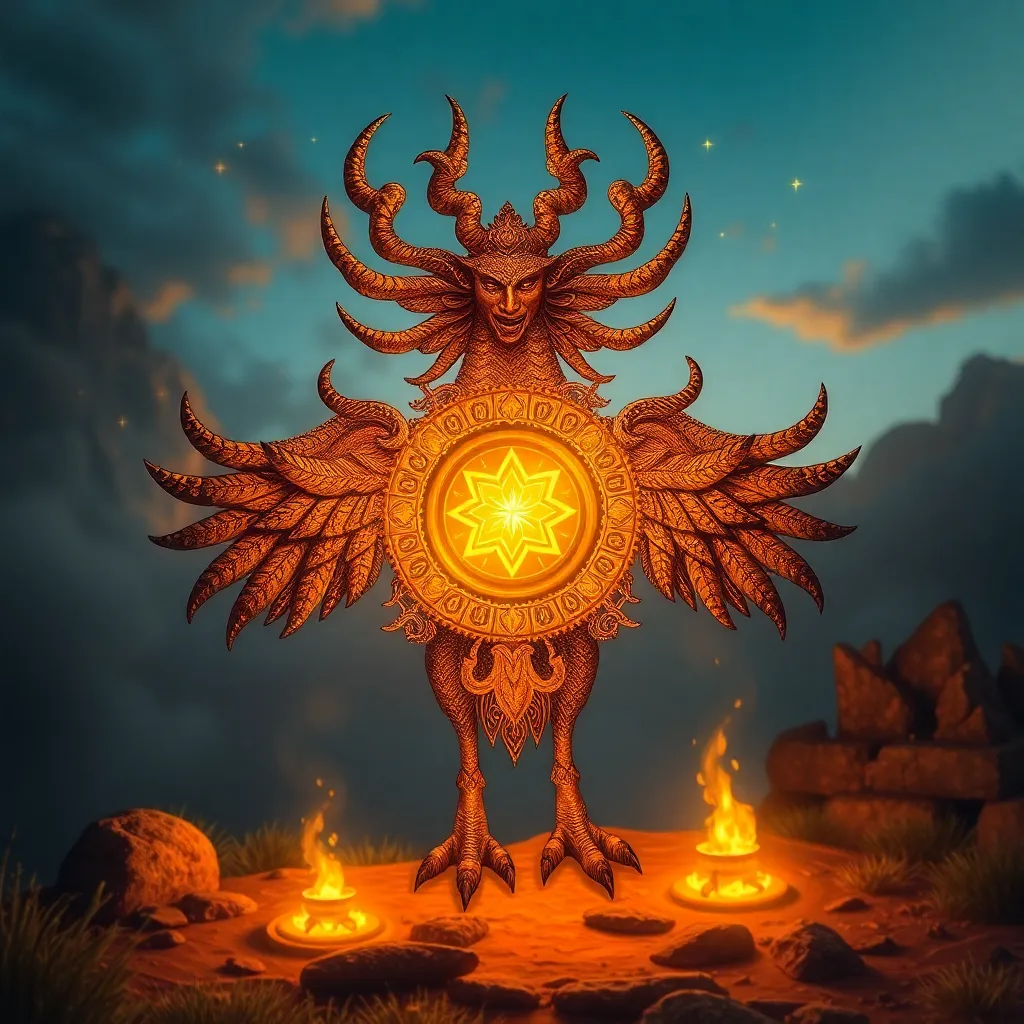Celestial Beings as Symbols of Power and Authority
I. Introduction
Celestial beings are often defined as supernatural entities that exist in the heavens, such as gods, angels, and spirits. Throughout history, they have been revered as powerful symbols of authority, wisdom, and governance. Their influence spans across cultures and epochs, shaping the way societies understand power dynamics, morality, and cosmic order.
This article aims to explore the historical significance of celestial beings as symbols of power and authority. We will examine their origins in mythology, their roles in religion, their representation in art and literature, and their impact on political authority and modern culture.
II. The Origins of Celestial Beings in Mythology
Celestial beings have been a prominent feature in various ancient mythologies, serving as intermediaries between the divine and the earthly realms. They are often depicted as powerful figures who govern aspects of nature, human behavior, and societal order.
Examples of celestial beings in different cultures include:
- Greek Mythology: The gods of Olympus, such as Zeus, are emblematic of authority and control over human fate.
- Egyptian Mythology: Deities like Ra and Osiris represent life, death, and resurrection, asserting power over the cosmos and the afterlife.
- Hindu Mythology: Gods such as Vishnu and Shiva embody cosmic principles and maintain the balance of the universe.
The role of celestial beings in establishing social hierarchies is evident in how these figures were often associated with rulers, legitimizing their authority and reinforcing societal norms.
III. Celestial Beings in Religion and Spirituality
In major world religions, celestial beings are depicted as divine entities that guide, protect, and judge humanity. Their authority is often enshrined in sacred texts and doctrines.
For instance:
- Christianity: Angels serve as messengers and protectors, while God embodies the ultimate authority.
- Islam: Angels like Gabriel play a vital role in conveying divine messages, reinforcing the belief in a higher power.
- Buddhism: Celestial beings like Bodhisattvas symbolize compassion and enlightenment, influencing followers’ spiritual practices.
The impact of celestial beings on followers’ beliefs is profound, often shaping moral frameworks and community structures based on divine authority.
IV. Symbolism of Celestial Beings in Art and Literature
Celestial beings have been a rich source of inspiration in visual arts and literature, often depicted in ways that reflect their power and authority.
In visual arts, celestial beings are represented in:
- Paintings: Michelangelo’s “The Creation of Adam” illustrates the divine authority of God as he imparts life to Adam.
- Sculptures: Statues of deities in temples symbolize their omnipresence and protective power over devotees.
Literary references often explore themes of power through celestial beings. Notable works include:
- Dante’s “Divine Comedy”: Celestial beings guide the protagonist through the realms of the afterlife, emphasizing divine justice.
- Milton’s “Paradise Lost”: The struggle between celestial beings reflects the conflict between good and evil, authority, and rebellion.
These representations embody the intricate relationship between celestial beings and the power dynamics within society.
V. Celestial Beings and Political Authority
Throughout history, rulers have strategically used celestial imagery to legitimize their power and authority. This practice is evident in various cultures where leaders are often portrayed as divine or semi-divine figures.
Historical examples include:
- The Pharaohs of Egypt: Were considered gods on earth, with their authority derived from celestial legitimacy.
- The Divine Right of Kings: In medieval Europe, monarchs claimed their authority was granted by God, reinforcing their power.
Furthermore, celestial beings have been utilized in statecraft and propaganda to cultivate a sense of unity and loyalty among the populace. Contemporary political references to celestial beings can still be observed in speeches, symbols, and national iconography.
VI. The Psychological Impact of Celestial Beings
Celestial beings influence human perception of authority and power structures. They evoke feelings of awe, reverence, and submission, which can shape societal values and norms.
Psychological theories suggest that symbols of power, such as celestial beings, can:
- Instill Fear and Respect: The belief in celestial authority can deter individuals from immoral actions.
- Encourage Social Cohesion: Shared beliefs in celestial beings can unite communities under common values and norms.
These psychological impacts further illustrate the significance of celestial beings in shaping human behavior and societal structures.
VII. Modern Interpretations of Celestial Beings
In recent years, there has been a resurgence of interest in celestial beings within popular culture. They are frequently depicted in various media, including films, books, and art.
Examples include:
- Films: Movies like “Thor” and “The Matrix” explore the interactions between celestial beings and humanity, often reflecting contemporary struggles for power.
- Literature: Series like “American Gods” reimagine celestial beings in a modern context, highlighting their evolution and relevance.
The evolving meaning of celestial beings in contemporary society continues to influence how we perceive power, authority, and our place in the universe.
VIII. Conclusion
In conclusion, celestial beings have long served as powerful symbols of authority across cultures and throughout history. Their significance transcends mere mythology, intertwining with religion, art, politics, and psychology.
As we explore the enduring legacy of celestial beings, it becomes clear that their influence on human culture remains profound and relevant. The intersection of mythology, religion, and societal structures continues to shape our understanding of power and authority in both historical and modern contexts.
Further exploration of these themes invites us to appreciate the complexity of celestial beings and their role in the human experience.




